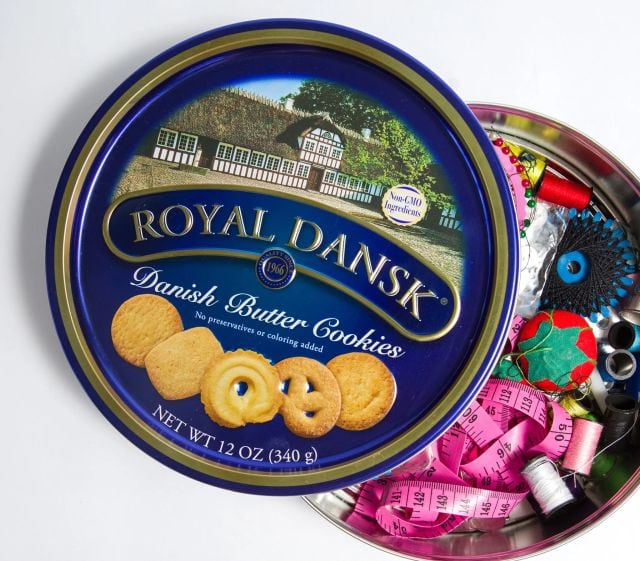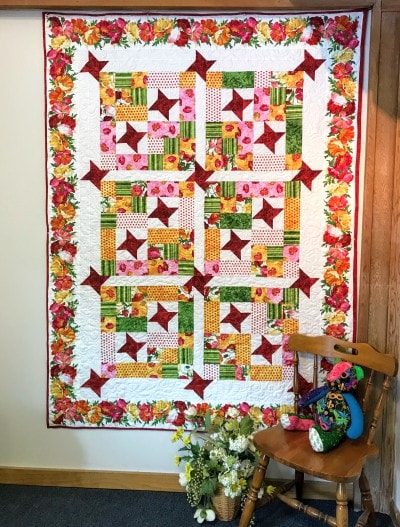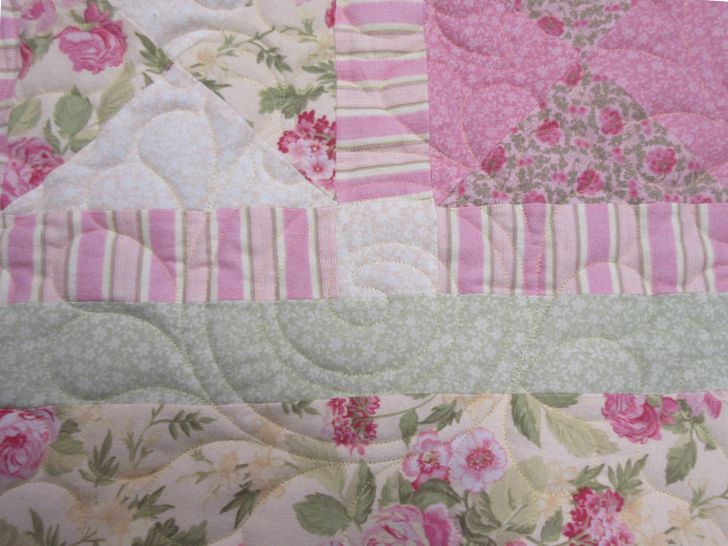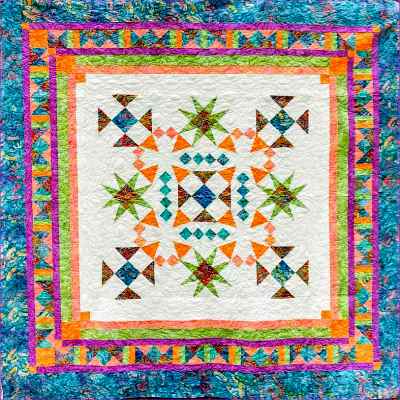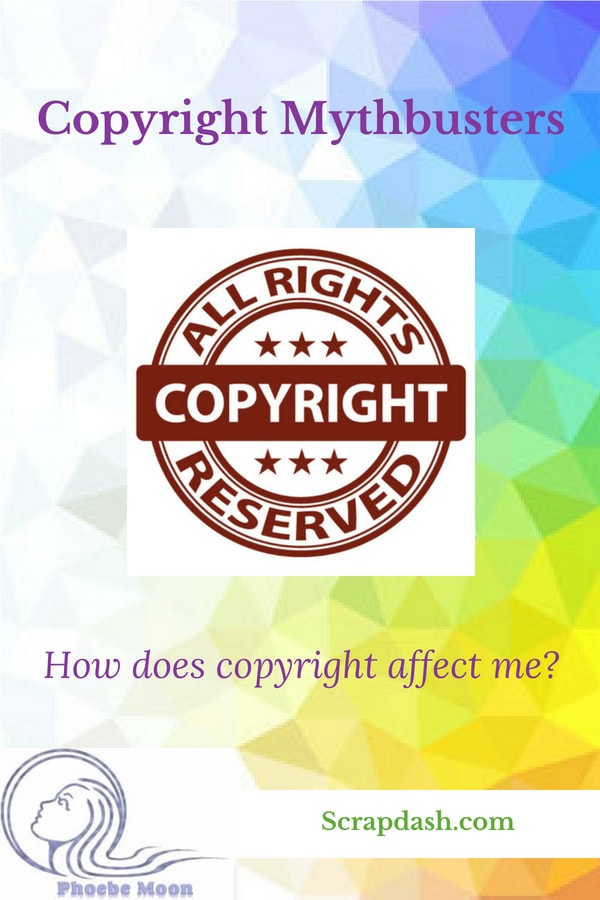*This post MAY contain affiliate links. That means that if you make a purchase after clicking on a link I may earn a small commission at no extra cost to you. I don’t ever recommend something that I don’t use myself. Not all links are affiliate links. For more information, see our Privacy Policy.
Copyright for Crafters
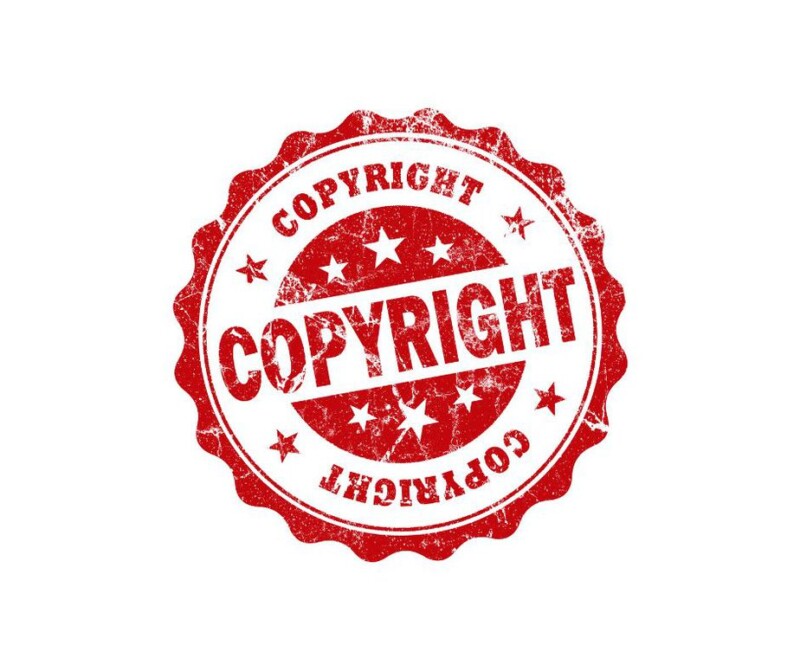
How does copyright affect you as a quilter or crafter? Respecting the talent of those who share their creations keeps them designing. Here are some guidelines.
The subject of copyright as it applies to handmade items is a subject dear to the heart of someone who is making a living through their creative efforts. They count on the copyright laws to protect the distribution and use of their work as well as their income by giving them the exclusive right to control the reproduction of that work.
For work to be copyrighted, it must be significantly original, unique, and distinctive. An item or a technique so common it can be considered in the public domain* cannot be copyrighted. Facts and ideas cannot be copyrighted, but the way they are expressed can.**
Copyright Infringement
Copyright infringement occurs when a person copies someone else’s copyrighted item without permission. To have a copy is not to have the copyright. For example, you can photocopy a pattern to cut up or mark so you don’t ruin the original but not to give to a friend so she doesn’t have to buy one. This would result in a loss of income for the author. It doesn’t matter if the pattern is no longer available, or if you do not charge for the copy. It is also copyright infringement if a persons’ creative effort is photographed and published without permission. The creator’s ability to profit from the sale of that photograph has been damaged.
It is not copyright infringement for you to use a pattern, however. It was the “reasonable expectation of use” by the designer so permission is implied. Many books and patterns will give permission “for personal use and non-profit use only.” This means you can make an exact or a close item from the pattern and keep it, display it in your home, give it to a friend or sell it. You cannot mass produce items from the pattern and sell them commercially. For example, Lazy Girl does not allow its purse patterns to be used to make items for resale. This copyright restriction also covers making a derivative item – such as a line of postcards or notepaper – and selling them.
If you make an exact copy or a close adaptation of an item from a pattern or book, the designer still owns the copyright on your work. You must ask that designer for permission to publicly display it even if there is no financial benefit to the display. This includes anything you make that is based on that pattern’s design – such as a painting or a cross-stitched item from a quilt pattern. Changing the color scheme or size, or using a different medium, does not transfer the copyright to you. You would need to change the design enough so that it is not similar to the original. (There is no percentage rule – that is a myth.)
In 2009, greeting card designer Kimberly Shaw filed copyright infringement lawsuit against Fabri-Quilt, Inc after discovering 4 of her designs printed on Fabri-Quilt’s “Victoria’s Tea Room” fabric line. A similar thing happened to designer Tula Pink. Designer Paula Nadelstern won her 2007 copyright lawsuit against Couristan after they copied a design from her Kaleidoscope and Quilts book to create a carpet in the Houston Hilton.
A technique (such as a unique way to create half-square triangles) can not be copyrighted so you may use another person’s technique to create a unique design of your own.*** Copyright DOES cover a written explanation of any technique, however. You cannot copy, in part or in whole, the written explanation of a technique for other than personal use.
Techniques MAY be patented or trademarked. That’s a completely separate issue. You can apply for a patent if your technique is new, involves an inventive step, and is capable of industrial application. Betty Cotton was able to patent a method of making a French seam in her Cotton Theory quilts. Marge Murphy’s shadow Trapunto with yarn is patented.
The Fair Use Exception
The fair use exception to copyright was created to allow comment and educational opportunities with regard to a creative effort. For example, a school may choose to use a portion of a creative effort as an example of the use of color. Fair use should utilize only a small portion of the total item and should always be attributed. Fair use does not allow the reproduction of an item, or the ability to publish a pattern of it without the designer’s permission as that would harm the ability of the author to gain profit from its sale.
It is always best to give credit where credit is due. If you create a work based on someone else’s design or technique, mention that in the label or display information. What goes around, comes around – someone may be inspired by YOUR work.
Register your copyright
As of April 1, 1989, every creative work is automatically copyrighted the moment it is fixed in tangible form. If you would like to document your copyright, place this comment on your work: “Copyright [dates] by [author/owner]” Registering your design with the Library of Congress will give you added protection as well as certain additional legal rights. If your work is copied by someone, you will have to register for copyright before you can file an infringement suit. When someone with registered copyright is involved in a lawsuit, and judgment is found in her favor, by law the costs, including attorney fees, are to be paid by the other party.
Before 1978, copyright lasted 28 years and could be extended another 47 years for a total of 75 years. After 1978, a copyright lasts the lifetime of the author plus 70 years.
If you have a creative work and would like to register the copyright, visit the Copyright Office Website at https://www.loc.gov/copyright or call 202-707-3000 for the appropriate forms. You will need to send the form, a photograph of your item, and a fee to the Library of Congress in Washington, D.C. The copyright registration goes into effect the day the Copyright Office receives your application. Send your application by registered mail so you will have proof of the date it is received as it may take a while for it to be processed.
Once the application is accepted, you will receive a certificate of registration. You will receive a letter or a call if they need more information or if the application is rejected.
For more information, visit these sites:
*Public Domain Dates and Information
**The Copyright Law Of The United States of America, Title #17, Section #102 reads, in part: “Copyright protection subsists in accordance with this title, in original works of authorship fixed in any tangible medium of expression. In no case does copyright protection for an original work of authorship extend to an idea, procedure, process, system, method of operation, principle or discovery…”
***Section 102(b) of the Copyright Act of 1976 makes it clear that copyright protection does not extend to any idea, procedure, process, system, method of operation, concept, principle, or discovery, regardless of the form in which it is described, explained, illustrated, or embodied in such work.
Copyright Release: Feel Free to Copy and Share this article as long as credit is given to the website.
